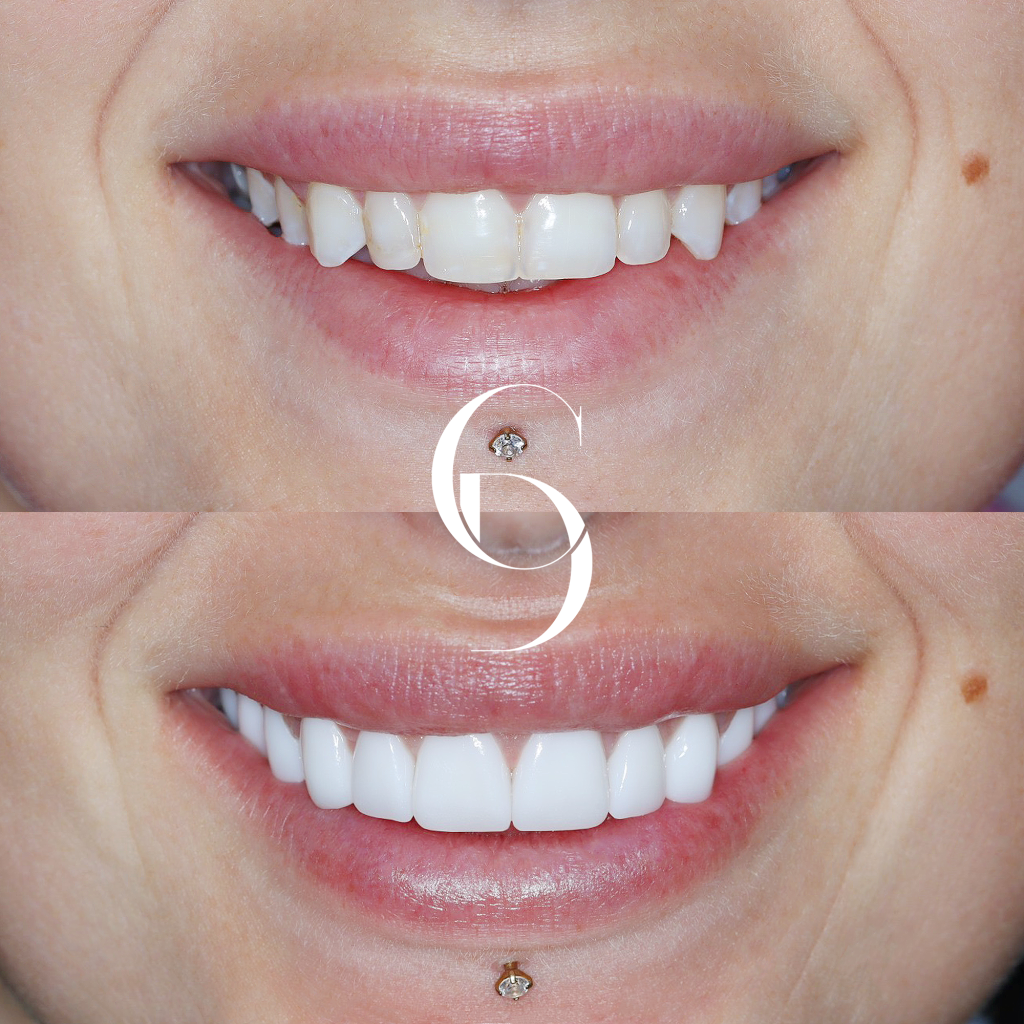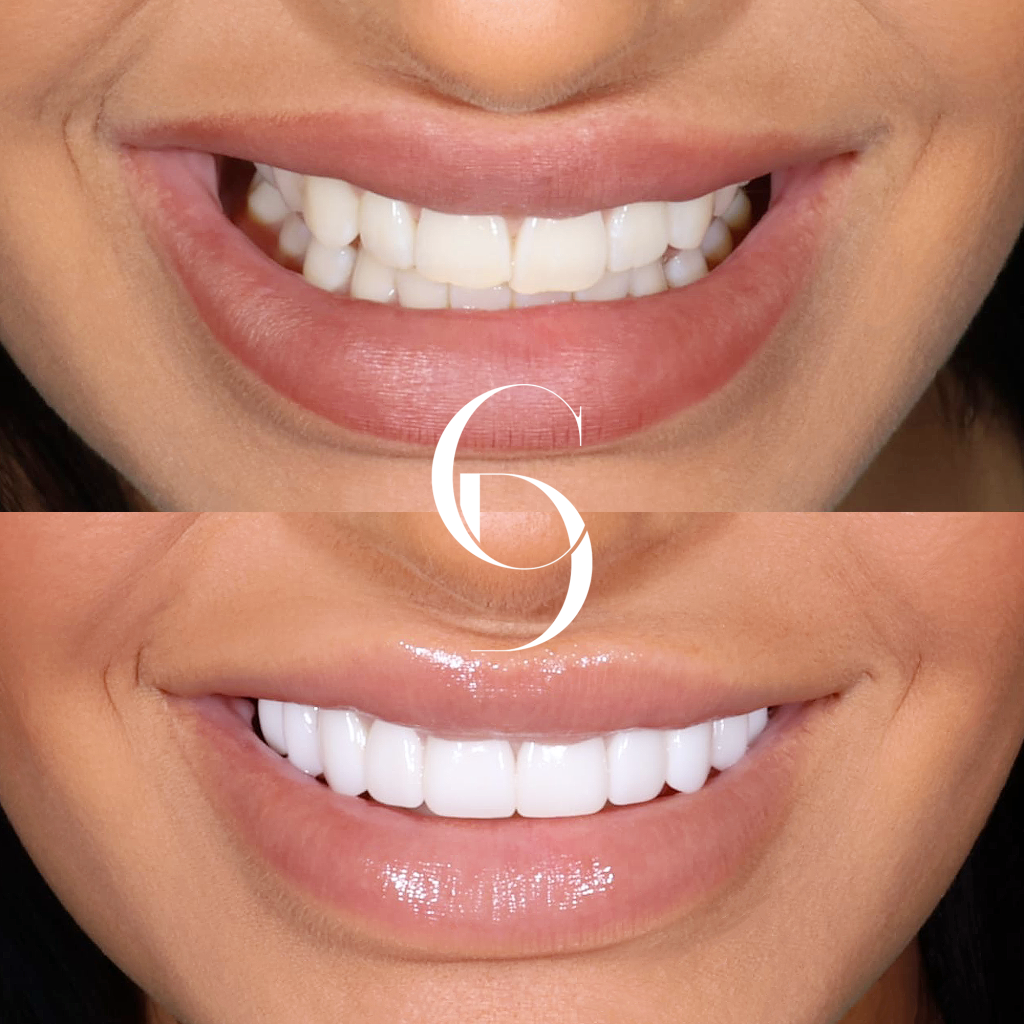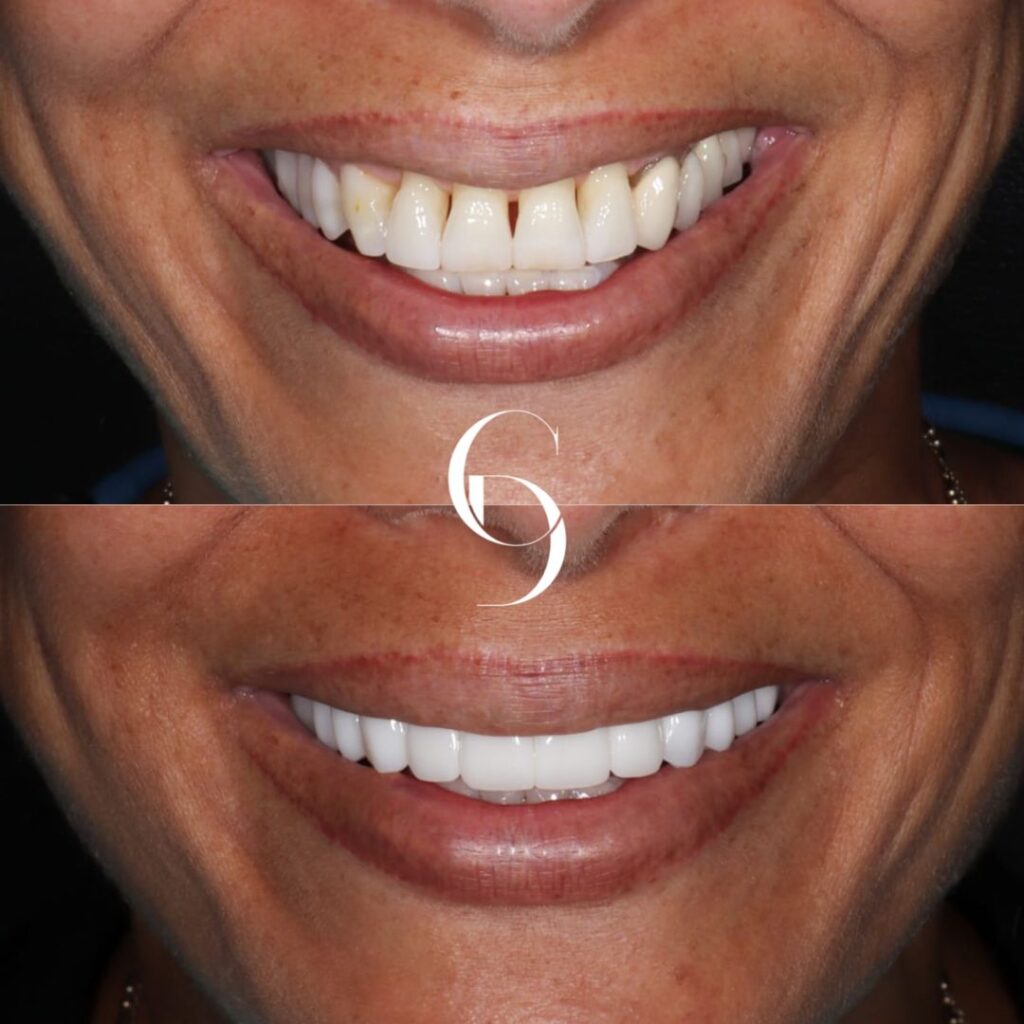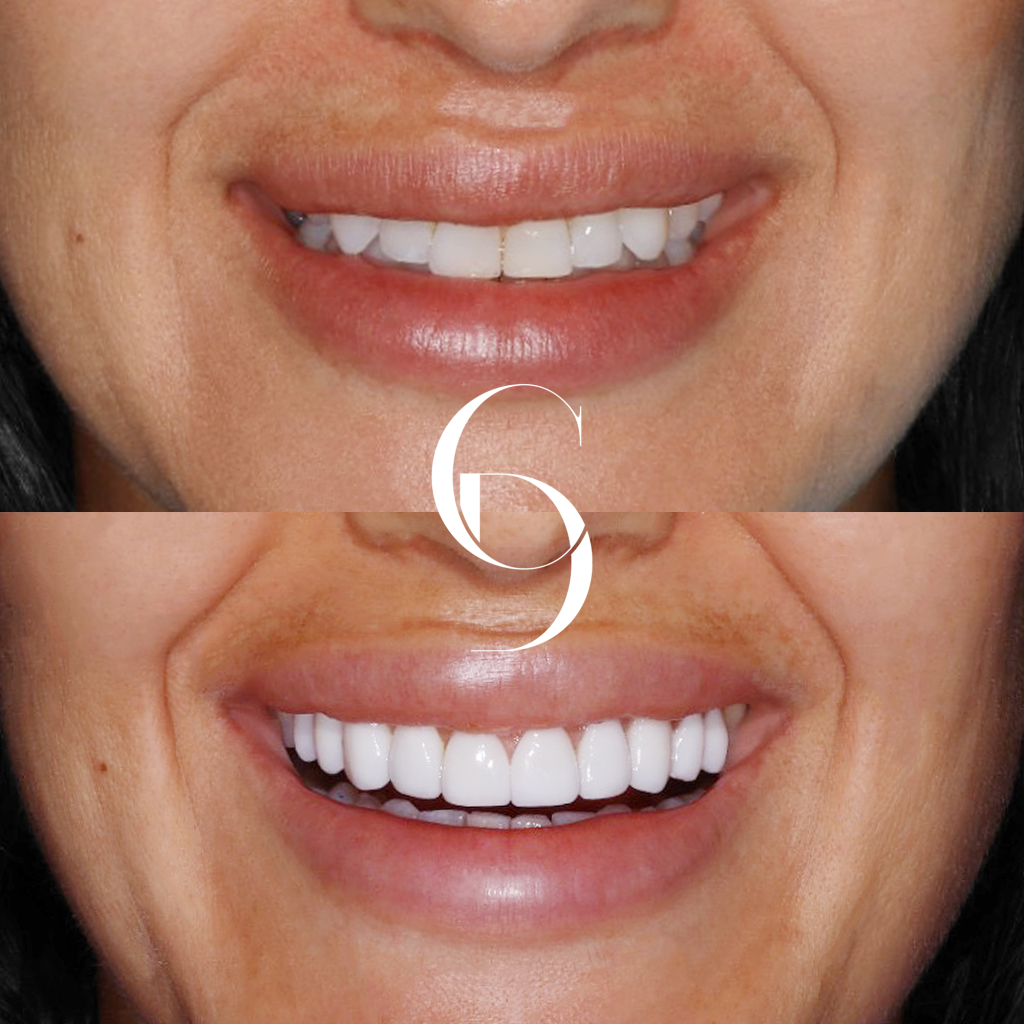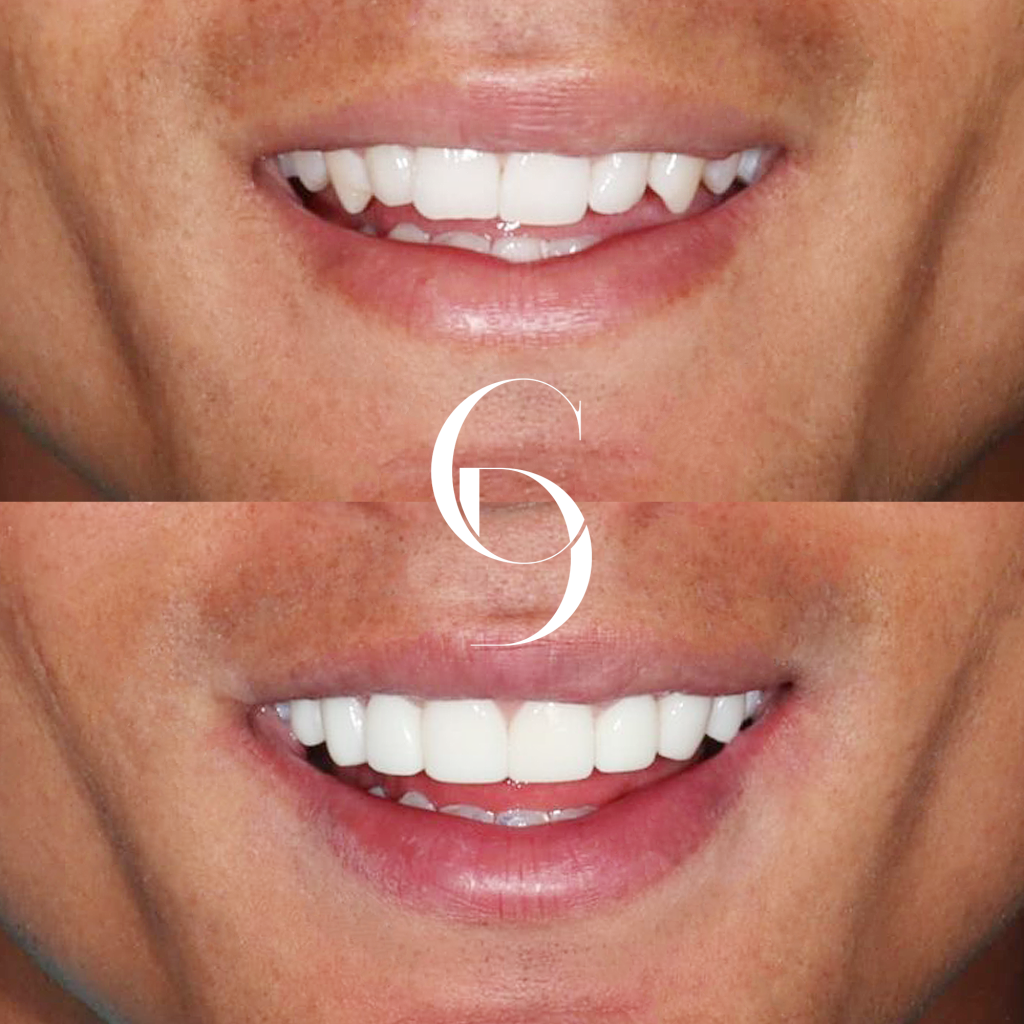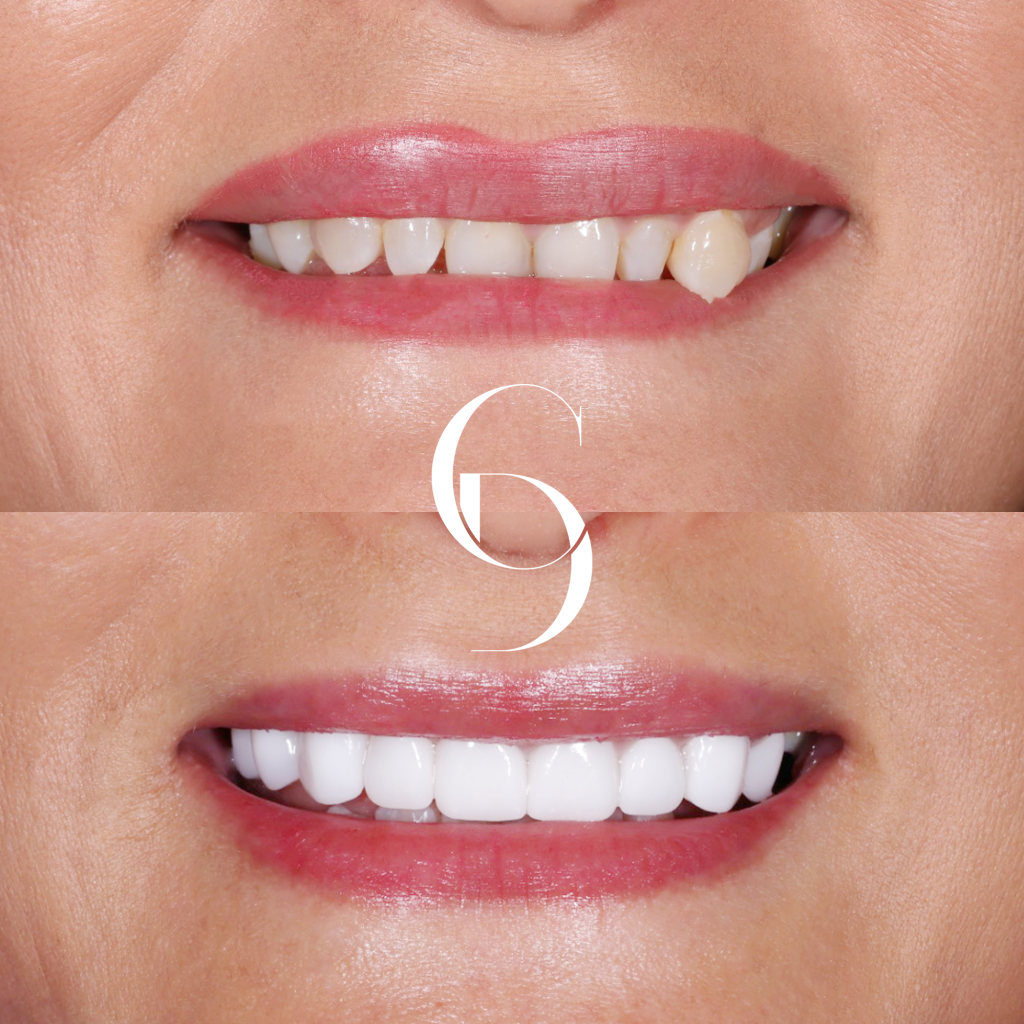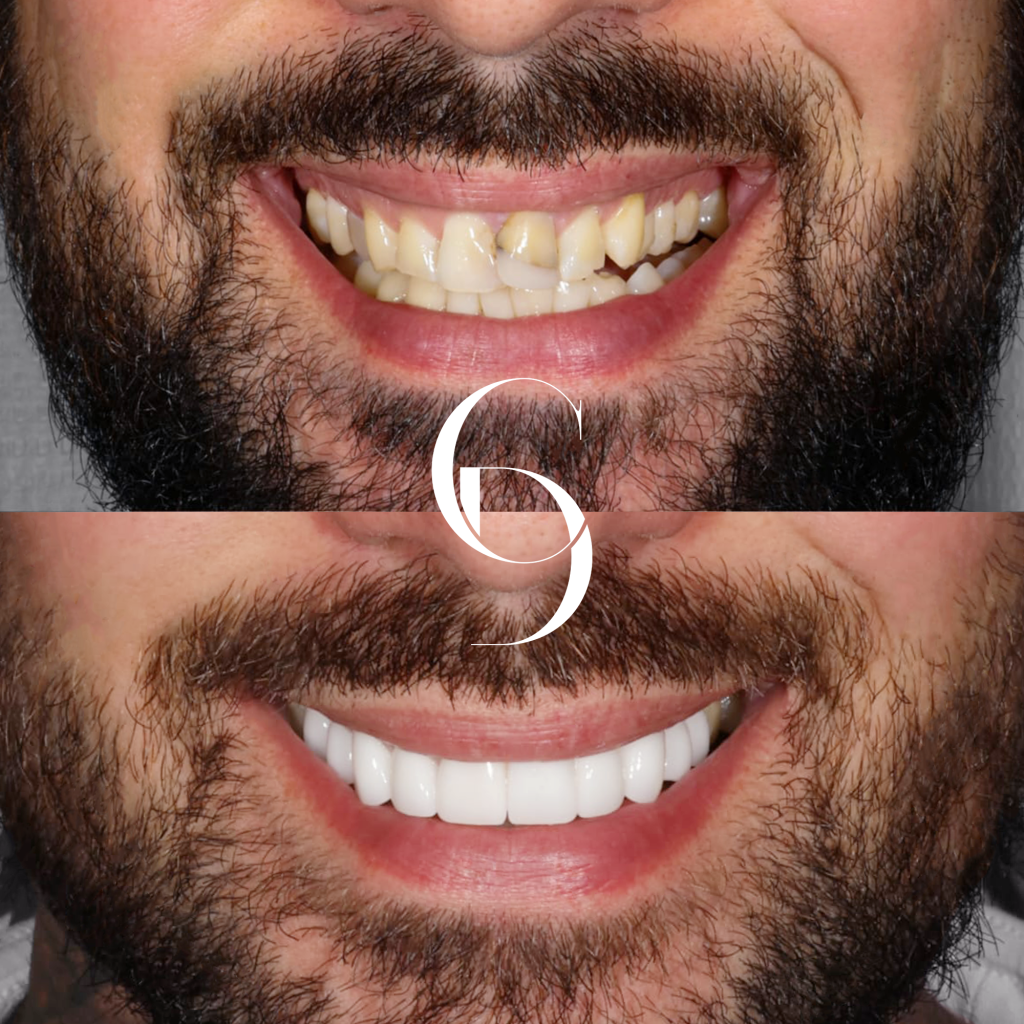A Straight Smile is Possible: Invisalign for Crossbite
When it comes to orthodontic treatment, the mere mention of metal braces often conjures up images of awkward adolescence and a mouth full of brackets and wires.
However, modern dentistry has moved far beyond traditional methods, bringing discreet and effective solutions to the forefront, none more popular than Invisalign.
This innovative orthodontic system has gained popularity not only for its nearly invisible aligners but also for its effectiveness in treating a wide range of dental issues, including one of the most common bite irregularities – the crossbite.
Invisalign, with its clear, custom-designed aligners, can provide a path to a straighter, healthier smile, even for those with crossbites.
In this comprehensive guide, we’ll explore how Invisalign works, particularly in addressing crossbites, and demystify the process for those considering this cutting-edge orthodontic treatment.

Understanding Crossbite
Before we can appreciate how Invisalign tackles crossbites, it’s crucial to understand what a crossbite is and why it matters for your oral health. A crossbite occurs when one or more teeth are misaligned in such a way that they sit inside the lower or upper teeth with normal occlusion (biting alignment). Crossbites can be classifiable as anterior (affecting front teeth) or posterior (affecting back teeth).
Crossbites can cause a range of issues, from asymmetrical jaw growth to premature wear of the teeth, and even temporomandibular joint disorders (TMJ). Correcting a crossbite is not just about aesthetics; it has significant implications for your overall health.
Can Invisalign Correct a Crossbite?
Yes, they can. Invisalign is not just about minor cosmetic adjustments; it’s a versatile tool that can correct a variety of dental misalignments, including crossbites. The aligners exert gentle but persistent pressure on the teeth, gradually moving them into their correct position.
For a crossbite, Invisalign works by creating a set of aligners with specific adjustments that are tailored to correct the misalignment. Each set of aligners, which you switch out approximately every one to two weeks, will bring your teeth closer to their intended location.
How Invisalign Works on a Crossbite
The Invisalign treatment process for correcting a crossbite involves the following steps:
1. Consultation and Planning
The first step is to consult with an Invisalign-trained dentist or orthodontist. They will examine your teeth and create a digital treatment plan, mapping out how each aligner set will move your teeth closer to their ideal position.
2. Custom Aligner Fabrication
Once the plan is in place, a custom set of aligners is fabricated using state-of-the-art technology. These aligners are comfortable to wear and almost unnoticeable, providing a convenient orthodontic solution.
3. Transitioning Through Aligners
You will wear each set of aligners for about 20-22 hours a day, removing them to eat and clean your teeth. As you transition through the sets, you will notice a gradual shift in your teeth. This process slowly corrects the crossbite without the need for visible braces.
4. Regular Check-Ups
Every six to eight weeks, you’ll visit your Invisalign dentist or orthodontist to ensure that your treatment is progressing as planned. Adjustments to the plan may be made if necessary.
5. Retention Phase
After your Invisalign treatment is complete, you may require a retainer to ensure that your teeth maintain their new position.
Benefits of Using Invisalign for Crossbites
Invisalign offers several benefits over traditional braces when it comes to correcting a crossbite:
- Discretion:
The clear aligners are virtually invisible, making them a more aesthetically pleasing choice for adults and teenagers concerned about the appearance of traditional braces.
- Comfort:
The smooth, custom-made aligners reduce the discomfort often associated with metal braces and can be removed for eating and cleaning.
- Precision:
Invisalign treatment is highly precise, offering a predictable outcome for many patients with crossbites.
- Convenience:
With Invisalign, you’ll have fewer appointments than with traditional braces, and the treatment can often be completed faster, depending on the severity of the crossbite.
FAQs About Invisalign and Crossbites
Is Invisalign a Painful Treatment for Crossbites?
While any orthodontic treatment can cause some discomfort as the teeth move, many patients find Invisalign to be less painful than traditional braces. The aligners are smooth and cause less irritation to the cheeks and gums.
How Long Does Invisalign Treatment Take for a Crossbite?
The duration of Invisalign treatment for a crossbite varies based on the severity of the misalignment. On average, it can take anywhere from 6 to 18 months to correct a crossbite using Invisalign braces.
Will Insurance Cover Invisalign for Crossbites?
Insurance coverage for Invisalign treatment, including for a crossbite, varies depending on your plan and provider. Make sure to check your benefits or consult with your insurance company to determine coverage.
Invisalign and Crossbites in Canberra and Sydney
Cosmetique Dental, with its nine locations across Australia, is a leading provider of Invisalign treatment, including a comprehensive approach to correcting crossbites. The team of orthodontic experts offers personalised care and ensures that Invisalign is tailored to the unique needs of each patient.
Final Thoughts on Invisalign for Crossbites
If you’re considering orthodontic treatment for a crossbite, Invisalign offers a modern, discreet, and effective solution that is worth exploring. Whether you’re tired of living with a misaligned bite or simply seeking a straighter smile, the possibilities with Invisalign are quite amazing.
With personalised care from an Invisalign-trained dentist or orthodontist, you can rest assured that your Invisalign treatment will be in the best hands. Schedule a consultation at Cosmetique Dental today and take the first step towards a straighter, healthier smile with Invisalign. Remember, a straight smile is not only possible, but also well within your reach, even with a crossbite.



